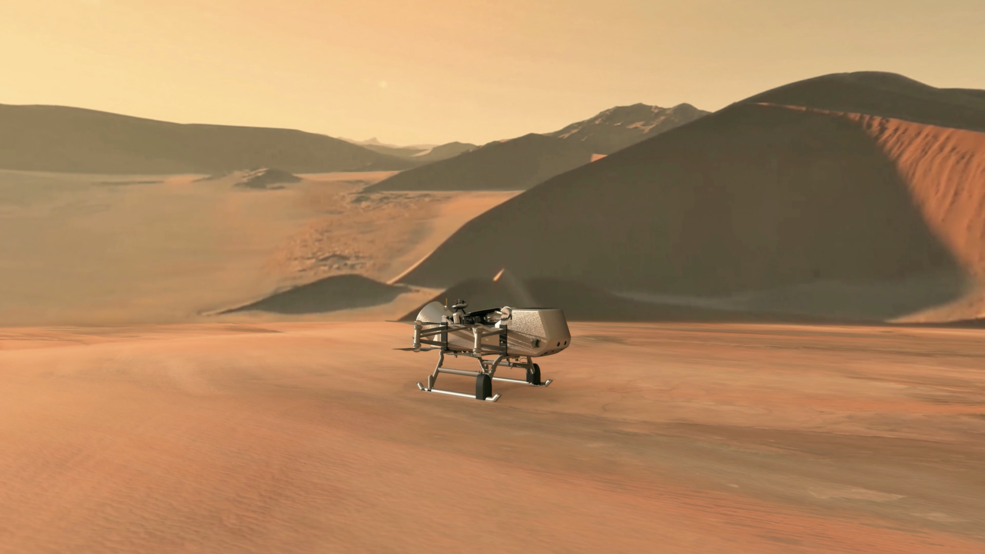NASA recently announced about its plans to send a spacecraft to the surface of Titan (Saturn’s largest moon), which is believed to be the best candidate in our solar system for hosting life.
NASA chose to explore Titan as it has a lot in common with Earth
Just like Earth, its atmosphere is rich in nitrogen and has the features like rivers, lakes, mountains, and, potentially, volcanoes. Scientists want to discover about what its surface is made of and find out if it’s a good fit for human habitation.
Dragonfly, as the mission is called, will involve a small, drone-like robotic ‘dragonfly’ to fly from location to location across Titan’s surface, making measurements of the ground and the atmosphere as it goes. It will move between multiple locations on Titan covering around 3,200-mile (5,150 kilometers) during its two-year mission.
As this moon of Saturn is very similar to the early Earth, the mission’s observations may give us a glimpse into how life began on our own.
NASA will launch its 10-foot-long (3 meters) quadcopter in 2026 and it will arrive at its destination after 8 years in 2034. Scientists are hopeful that, if Titan is hosting life, Dragonfly could conceivably find evidence of it.
Thomas Zurbuchen, NASA’s associate administrator for science at the agency’s headquarters in Washington, D.C., said, “Titan is unlike any other place in the solar system, and Dragonfly is like no other mission,”
He added, “It’s remarkable to think of this rotorcraft flying miles and miles across the organic sand dunes of Saturn’s largest moon, exploring the processes that shape this extraordinary environment. Dragonfly will visit a world filled with a wide variety of organic compounds, which are the building blocks of life and could teach us about the origin of life itself.”







